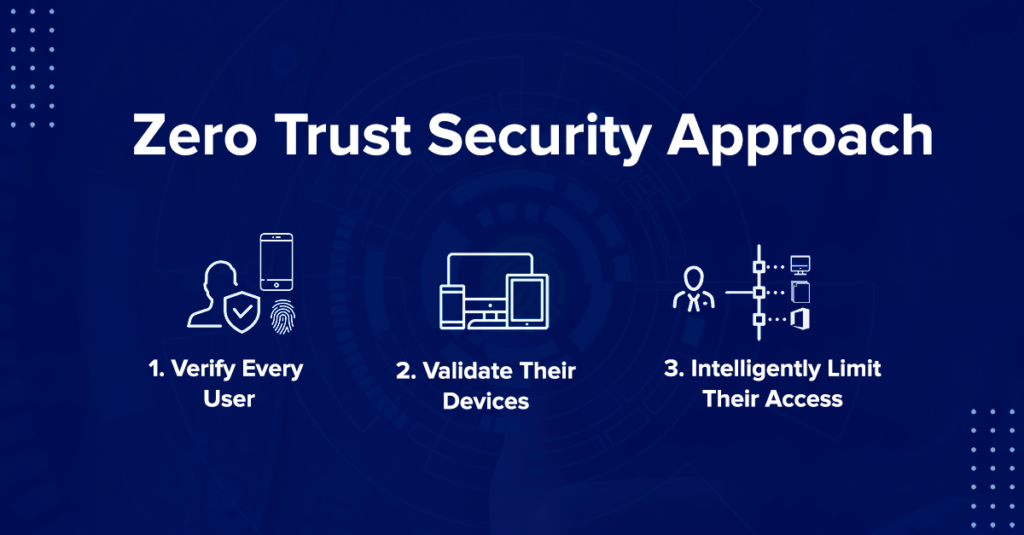As the digital landscape continues to evolve, 2024 is set to bring groundbreaking advancements in cybersecurity tools that will redefine online protection.
Artificial Intelligence and Machine Learning in Cybersecurity
Artificial Intelligence (AI) and Machine Learning (ML) have been at the forefront of cybersecurity innovation for years, but 2024 promises to elevate their utility to new heights. These technologies will become even more integral in identifying and mitigating threats in real-time. By continuously learning from new data, AI and ML can predict and preemptively act against potential breaches before they occur.
Enhanced algorithms will allow for more accurate anomaly detection, reducing false positives and improving response times. As cyber threats become more sophisticated, the adaptive nature of AI and ML will be crucial in maintaining robust security postures across various industries.
Next-Generation Endpoint Protection
Endpoint protection is evolving rapidly to keep pace with the increasing number of devices connecting to corporate networks. In 2024, next-generation endpoint protection tools will offer more granular control and better integration with corporate security policies. These tools will leverage advanced threat intelligence to offer proactive defense mechanisms.
Moreover, we can expect more robust features like automated threat hunting, real-time analytics, and enhanced user behavior analytics to be standard. These improvements will ensure that endpoints are not just secure but also resilient against emerging threats.
Enhanced Cloud Security Solutions
With the proliferation of cloud services, ensuring the security of cloud environments is more critical than ever. In 2024, cloud security solutions will see significant advancements aimed at addressing complex cloud-native threats. Enhanced cloud security tools will offer better visibility and control over data and applications across multi-cloud and hybrid environments.
Expect to see improvements in areas such as cloud access security brokers (CASBs), cloud workload protection platforms (CWPPs), and container security. These tools will provide comprehensive protection, ensuring that cloud infrastructure is secure, compliant, and resilient.
Zero Trust Security Models
The Zero Trust security model, which operates on the principle of ‘never trust, always verify,’ will continue to gain traction in 2024. This model is crucial for mitigating risks in increasingly complex IT environments. Zero Trust frameworks will become more robust, incorporating advanced identity and access management (IAM) tools, continuous authentication, and micro-segmentation.

By ensuring that every access request is thoroughly vetted, regardless of the origin, Zero Trust models will significantly reduce the attack surface. This approach will be particularly beneficial for organizations dealing with sensitive data, providing a higher level of security assurance.
Integration of Blockchain Technology
Blockchain technology, known for its decentralized and immutable nature, will play a more prominent role in cybersecurity in 2024. Its integration into security protocols can enhance data integrity, transparency, and trust. Blockchain can be particularly effective in securing supply chains, safeguarding identity management systems, and ensuring the authenticity of transactions.
By leveraging blockchain, organizations can create tamper-proof records of all cybersecurity events, making it easier to trace and respond to incidents. This technology will add a new layer of security, ensuring that digital interactions are both secure and verifiable.







